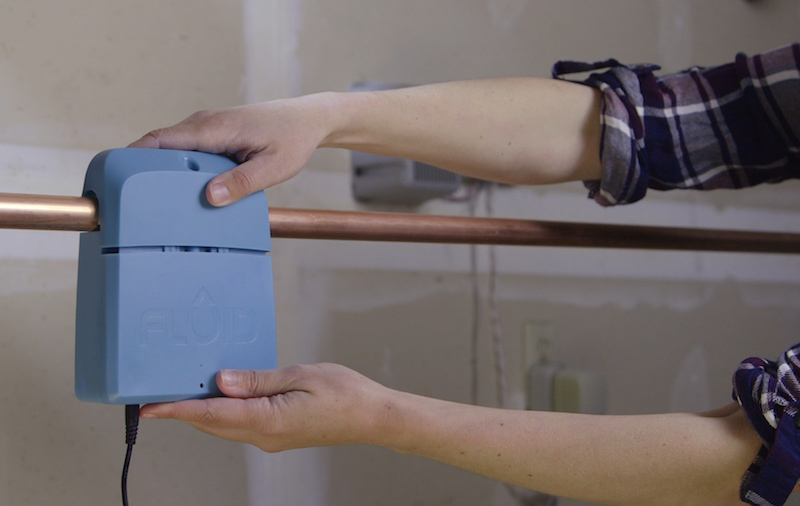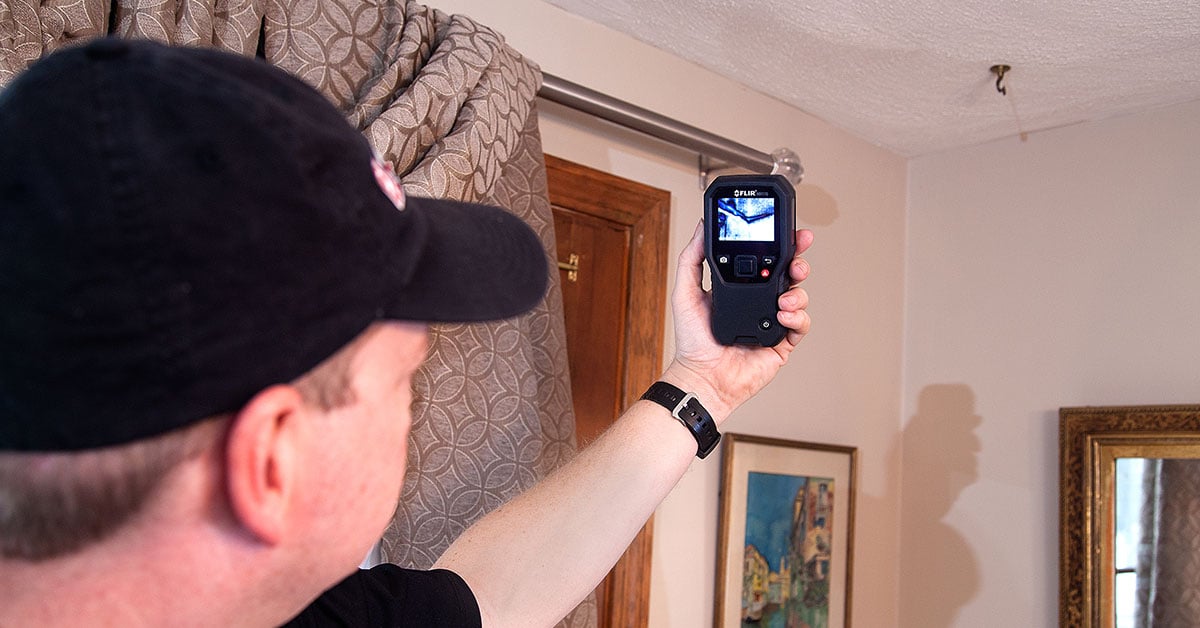Stop Major Issues with Very Early Water Leak Detection and Trigger Services
Stop Major Issues with Very Early Water Leak Detection and Trigger Services
Blog Article
Ingenious Solutions for Early Detection of Water Leakages in Buildings and Facilities
From cutting-edge leakage discovery technologies to the implementation of IoT sensors for real-time surveillance, the landscape of leak avoidance is progressing quickly. Automated water flow evaluation systems are reshaping just how leakages are determined and dealt with, leading the method for a positive method to water leakage detection.
Advanced Leak Discovery Technologies
Advanced leak discovery technologies, geared up with innovative sensing units and algorithms, play a crucial function in promptly determining and pinpointing water leakages in various settings. These technologies employ a mix of acoustic, thermal, and electro-magnetic picking up approaches to find leaks accurately. Acoustic sensors discover the audio of leaving water, permitting for specific localization of the leak resource. Thermal imaging spots temperature modifications brought on by water leakage, providing an additional efficient method for leak recognition. Electro-magnetic sensing units can determine changes in magnetic fields brought on by water, supplying yet one more layer of leakage discovery capability.

IoT Sensors for Real-Time Tracking
In the realm of contemporary water leakage detection, the assimilation of IoT sensors for real-time surveillance represents a crucial innovation in enhancing aggressive leak detection capacities. These sensors provide continuous monitoring of water systems, providing real-time data on water circulation prices, stress variations, and temperature adjustments. By leveraging IoT technology, these sensing units can identify also the smallest anomalies in water usage patterns, making it possible for early identification of prospective leaks before they rise right into significant issues.
IoT sensing units send data to a central system, where sophisticated formulas assess the details and generate signals or notices when irregularities are detected. This real-time monitoring capability enables home proprietors or facility supervisors to promptly resolve leakages, lessening water damage, lowering repair service expenses, and conserving water sources.
In addition, IoT sensing units can be incorporated with building monitoring systems, enabling for automatic responses to detected leakages, such as turning off water shutoffs or triggering pumps to reduce the impact of leaks. Generally, the execution of IoT sensors for real-time monitoring significantly boosts the efficiency and efficiency of water leak detection in structures and infrastructure.
Equipment Discovering Algorithms for Leak Prediction

One key advantage of making use of artificial intelligence for leakage forecast is its ability to continuously learn and boost its precision over time. As more data is gathered and fed into the formula, it can refine its forecasts and adjust to changing conditions, ultimately increasing the reliability of leak discovery systems.
In addition, maker discovering formulas can assist in determining refined indications of leakages that may go unnoticed by conventional tracking approaches. water leak look at this website detection. By evaluating intricate information visit their website embed in real-time, these formulas can offer very early cautions and signals, permitting for prompt intervention and precautionary upkeep to reduce potential water damage and associated costs
Utilizing Thermal Imaging for Leakage Discovery
Thermal imaging modern technology uses an appealing strategy for discovering water leaks in various systems and facilities. By using infrared radiation and temperature variations, thermal imaging cameras can determine concealed leakages that are not quickly visible to the nude eye. When water escapes from pipelines or structures, it typically changes the temperature of the surrounding area, creating temperature level differentials that thermal cams can record. These temperature level abnormalities are then translated into noticeable pictures, highlighting the specific location of the leak.
Among the crucial benefits of thermal imaging for leak discovery is its non-intrusive nature. Unlike standard approaches that might call for breaking into wall surfaces or floorings to find leaks, thermal imaging enables non-destructive testing. This not just conserves time and reduces expenses however likewise minimizes disruption to the building or facilities being analyzed. In addition, thermal imaging can quickly scan large areas, providing an extensive review of prospective leakage sources in a timely manner. On the whole, the use of thermal imaging technology improves the effectiveness and precision of water leak discovery, making it a beneficial tool for maintaining the stability of structures and infrastructures.
Automated Water Circulation Analysis Equipments
How can automatic water circulation analysis systems change the discovery and administration of leaks in various systems and frameworks? Automated water flow analysis systems supply a positive approach to leakage discovery by continually checking water flow rates and patterns. By establishing baseline data, these systems can quickly identify inconsistencies that may suggest a leak, making it possible for prompt treatment to stop comprehensive damage.
These systems use innovative formulas to analyze real-time information and provide immediate signals when anomalies are found, permitting swift action to be taken. In addition, automated water flow analysis systems can be integrated with structure management systems or IoT systems, improving overall effectiveness and making it possible for remote surveillance capacities.
Moreover, the information accumulated by these systems can be made use of for anticipating upkeep objectives, helping to identify possible powerlessness in the framework before leakages take place. Generally, the execution of automatic water circulation analysis systems can substantially enhance leakage detection and management techniques, inevitably bring about set you browse around these guys back savings, lowered water wastage, and raised sustainability in structures and framework.

Final Thought
In conclusion, the assimilation of sophisticated leak detection innovations, IoT sensing units, artificial intelligence formulas, thermal imaging, and automated water flow evaluation systems supplies innovative remedies for early detection of water leakages in buildings and framework. These innovations allow real-time surveillance, prediction of leaks, and efficient detection approaches to stop water damage and waste. Executing these solutions can assist in preserving the integrity and sustainability of water supply in various setups.
Report this page